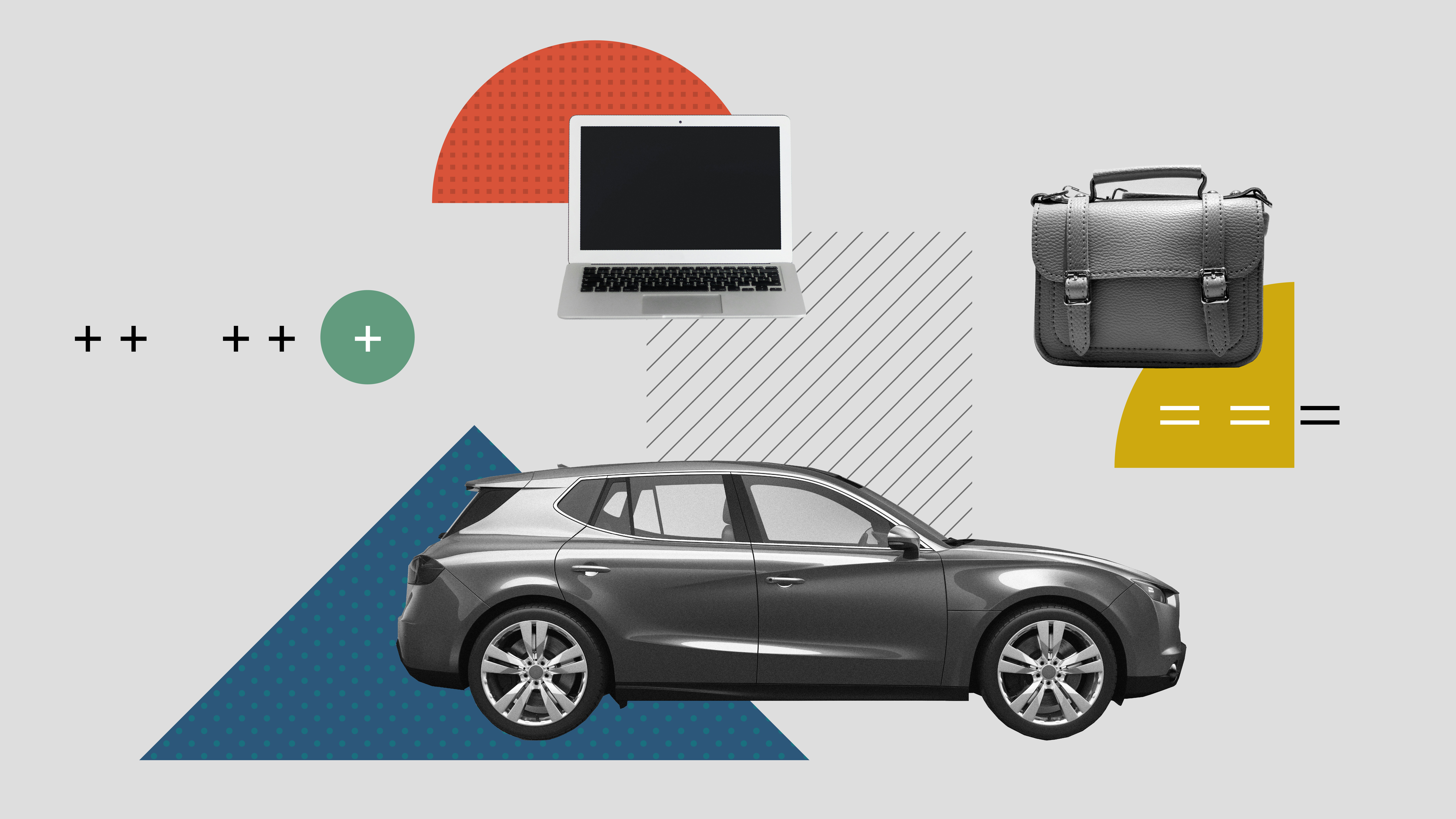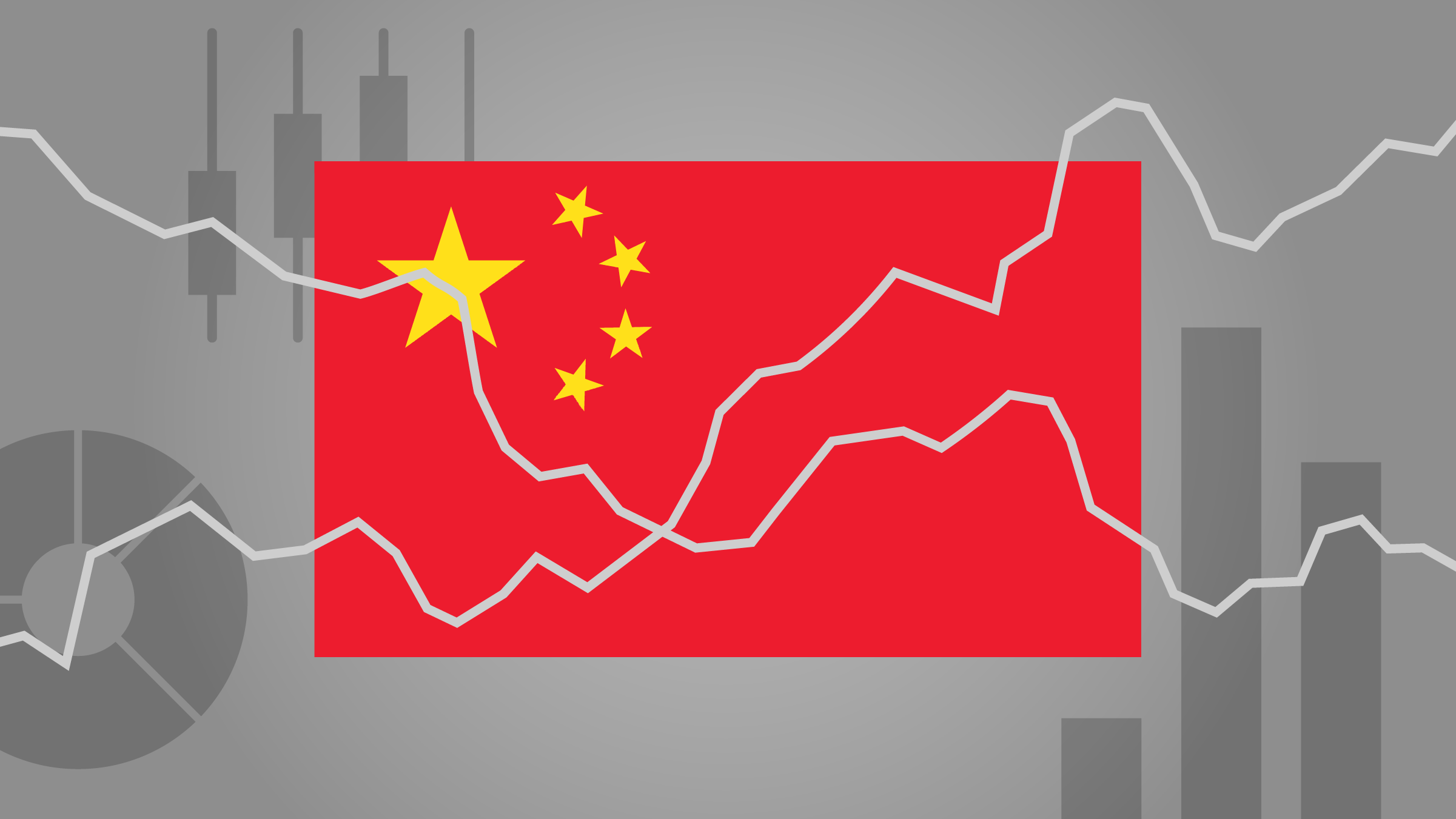Holly Black: It's back to school week at Morningstar and to help cover all the investment basics we have brought back our team of young experts. Luckily, they are as good at technology as they are at grilling our analysts.
Samuel Kemp: Hello. My name is Samuel Kemp. And today, I'll be talking to Emma Morgan about investment portfolios. Hello, Emma.
Emma Morgan: Hello, Sam.
Kemp: What is an investment portfolio?
Morgan: Well, that's a good question. An investment portfolio is simply just a collection of the investments that you might own. So, if you buy a piece of a company, you'll buy a stock or if you lend a company some money, you'll have a bond. Or if you buy a collection of stocks and bonds, you might have a fund. And if you own all of these together, that's really what's called your investment portfolio.
Kemp: How do you choose what should be in a portfolio?
Morgan: Well, that is quite a complex question and it will really depend on a number of factors. So, some of the things that you might want to consider is what is your objective and your time horizon. So, why do you want to invest your money? Do you want to buy a bike in two years' time? Or maybe are you investing for your retirement and therefore your time horizon is pretty long. Other things that you might want to also consider is how much money do you have. So, do you already have enough money to pay for your food and pay for your accommodation? And another factor that you might want to consider is, do you like to take risks? So, are you okay losing some money in the short term? All of these factors will help define your risk level of your portfolio and therefore the kind of level of stocks, bonds and cash you might want to own in your portfolio.
After that, you might want to consider then which stocks and bonds go into your portfolio. If you have loads of time and you're a financial expert, you could choose them on your own. But if you're too busy with school or working or doing other things, then you might want to pay someone else to make those decisions for you.
Kemp: How often should I change my portfolio?
Morgan: So, I would say, as little as often. So, once you've come up with your long-term investment plan, you should probably stick to it. And there's a number of reasons for that. But a couple of them are that it can actually cost you money to change your portfolio. So, by not changing it very often, you're going to reduce the cost of it. But another thing is that it means you will make less bad decisions. So, when all the noise is bad and the prices are falling, you might be tempted to sell. But that's often really the wrong time to sell. So, we think that you should make a long-term plan and stick to it and change your portfolio as little as often.
Kemp: Thank you for your time, Emma. For Morningstar, I'm Samuel Kemp.




























